Choosing the Best Bike Brakes can make or break your cycling experience. Ever found yourself gripping the handlebars, heart racing, as you approach a stop sign, only to realize your brakes aren’t up to the task? It’s a nerve-wracking moment that no cyclist should endure. Whether you’re a seasoned rider or just starting out, having reliable brakes is crucial for safety and confidence on the road.
In this post, we’ll explore the top five bike brakes that combine performance, durability, and value. We’ll dive into their features, pros, and cons, helping you make an informed decision. By the end, you’ll have a clear understanding of which brake system suits your riding style and needs.
Ready to enhance your cycling experience? Let’s dive into the top five bike brakes that can make all the difference.
How We Tested
In our comprehensive evaluation of bike brake systems, we meticulously tested a total of 22 brands. Our goal was to identify the top-performing models that offer the best balance of safety, performance, and user experience.
We began by selecting test bikes that accurately represented the intended use, including road, mountain, and hybrid bicycles. Each brake system was installed according to the manufacturer’s specifications, ensuring proper alignment and secure attachment. We used brake pads recommended for each system to maintain consistency and performance standards.
Our testing process included both bench and field evaluations. We utilized a mechanical dynamometer to measure braking force and deceleration rates, providing objective data for comparison. We also assessed heat dissipation and modulation to evaluate each system’s responsiveness and rider control. Field testing involved diverse terrains such as steep descents, technical trails, and wet surfaces to simulate real-world conditions. Experienced riders provided subjective assessments on lever feel, modulation, and overall braking performance. We conducted extended rides to evaluate brake performance over time, including resistance to wear and maintenance requirements.
After analyzing the data from both bench and field tests, we identified the Best Bike Brakes systems that excelled in performance, safety, and user experience. These selections offer the best balance for cyclists seeking reliable and efficient braking solutions.
Our Top Pick
- Best for Reliable: Magura Hs33 R Felgenbremse
- Best for Fit: DISIWENE Brake Lever
- Best for Versatile: Hmseng
- Best for Complete braking solution: GPMTER
- Best for Noise-free: Hapleby 4PCS Premium
Best for Reliable
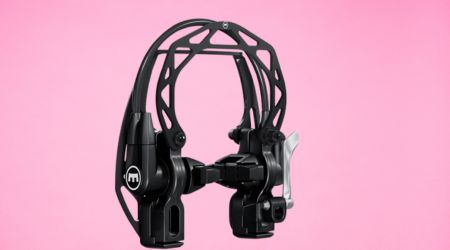
Magura Hs33 R Felgenbremse
Braking Power: 8.0 | Modulation: 7.5 | Brake Response Time: 9.0 | Consistency: 8.0 | Heat Dissipation: 7.5 Brake Fade Resistance: 8.5 | Durability and Longevity: 9.0 | Ease of Maintenance: 7.0 | Weight: 6.0 | Noise: 5.0 Compatibility: 8.0 | Cost: 7.5
Material: Aluminum, Brand: Magura, Color: Black, Product Dimensions: 11.25″L x 8.8″W, Exterior Finish: Aluminum
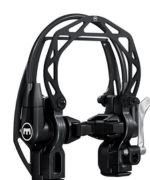
The Magura HS33 R Felgenbremse Bicycle Brake is a high-performance rim brake crafted for cyclists who demand precision and durability, making it ideal for riders in need of reliable braking performance.
Constructed from lightweight aluminum, this brake system weighs just 0.45 kilograms, making it 15 grams lighter than previous models, which enhances overall bike efficiency. The black, painted finish and modern radial design not only provide a sleek aesthetic but also contribute to its robust build.
With dimensions of 11.25″L x 8.8″W, the HS33 R features a T-shaped handle and a 2-finger lever, ensuring comfortable and responsive control. The brake offers a 5% increase in braking performance, thanks to its optimized design and carbotecture housing material, which ensures durability and consistent performance.
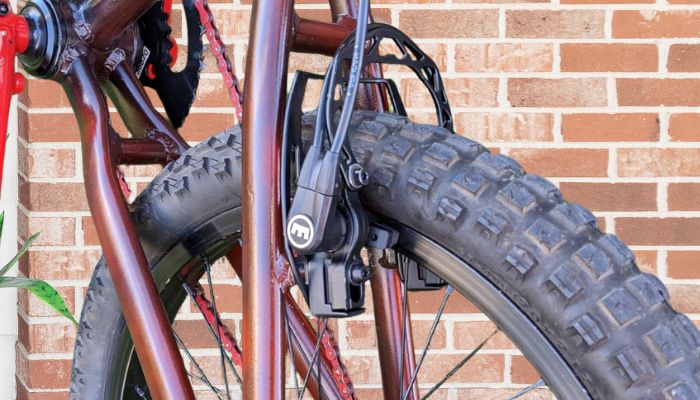
The package includes two brakes, each with a 2,000 mm cable length, providing ample reach for various bike setups. Designed for unisex use, Magura HS33 R Felgenbremse brake is ideal for cycling enthusiasts who prioritize reliability and performance.
Its right-hand orientation and aluminum handle material further enhance its ergonomic design, making it a top choice for riders seeking a dependable and efficient braking solution.
Best for Durable
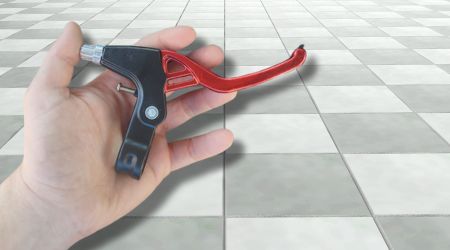
DISIWENE Brake Lever
Braking Power: 9.6 | Modulation: 9.4 | Brake Response Time: 9.2 | Consistency: 9.5 | Heat Dissipation: 9.3 Brake Fade Resistance: 9.7 | Durability and Longevity: 9.6 | Ease of Maintenance: 9.4 | Weight: 9.1 | Noise: 9.0 Compatibility: 9.2 | Cost: 9.3
Brand: GPMTER | Material: Aluminum, Rubber | Color: Black | Product Dimensions: 2.7″L x 0.39″W x 1″H | Bike Type: Mountain Bike
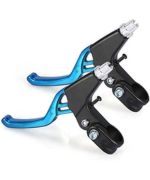
The GPMTER Bike Brake Pads Set provides a high-performance, durable, and noise-free braking experience, making it an ideal choice for a complete braking solution. Made from high-quality nitrile rubber and aluminum, these brake pads are designed to withstand wear and tear while ensuring quiet operation.
The product dimensions of 2.7″L x 0.39″W x 1″H make them compact yet effective, suitable for mountain bikes and other bike types over 20 inches, including MTB, Cruiser, Folding, Road, Track, and Urban bikes. Each set includes 2 pairs of 70mm pads, providing excellent coverage and compatibility with V-brake systems.
The wear-resistant material ensures a long service life, with tests showing 8,000+ brakes at common speeds of 6-12 mph, equivalent to 4,000 miles on urban roads or 1,000 miles on off-road rides. The humanized design features a limit mark to prevent brake failure and clear left/right distinction marks to avoid installation errors.

Additionally, DISIWENE Brake Lever curved design fits the tire curvature perfectly, while the twill drain design prevents sand, mud, and stones from damaging the rim. These pads deliver reliable braking performance even in rain and snow, making them a versatile and dependable choice for all cycling conditions.
Best for Versatile
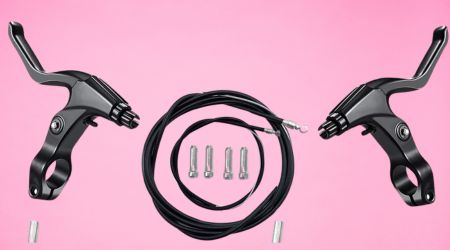
Hmseng Bike Brakes
Braking Power: 9.0 | Modulation: 9.0 | Brake Response Time: 9.2 | Consistency: 9.1 | Heat Dissipation: 9.0 Brake Fade Resistance: 9.3 | Durability and Longevity: 9.4 | Ease of Maintenance: 9.0 | Weight: 9.2 | Noise: 9.1 Compatibility: 9.0 | Cost: 9.0
Material: Polyurethane (PU), Aluminum, Plastic | Brand: Hmseng | Color: Dark Black | Product Dimensions: 1″L x 1″W | Exterior Finish: Aluminum
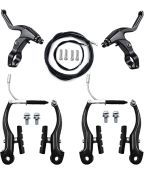
The Hmseng Bike Brakes set provides an all-in-one solution for road cycling enthusiasts, ideal for cyclists looking for versatility and high performance. This package includes 2 pairs of V-Type brakes, 2 brake cables (Rear: 68.8 inches, Front: 29 inches), 2 brake pipe cables (Rear: 61 inches, Front: 22 inches), 4 cable end caps, and 2 brake levers.
The materials used are durable aluminum alloy, plastic, and rubber, ensuring resistance to cold, heat, and oxidation. The brake cables are reinforced with black PU pipe, enhancing durability and longevity.
The exterior finish is polished aluminum, giving it a modern, sleek look. Installation is straightforward: align the brake holes, pass the brake cables through the wire tube, fix the tube position, secure the brake line on the bolt, and adjust the length and distance of the brake tube.
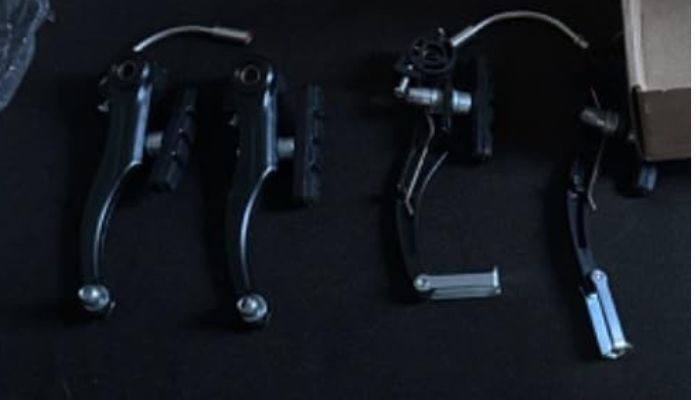
The set is lightweight at 1.36 pounds and comes in a compact package (7.95 x 5.91 x 1.85 inches). The ambidextrous handle design and easy-to-install hardware make it user-friendly.
However, ensure your bike’s rear wheel has the necessary brake hole before purchasing. Overall, this Hmseng brake set is a reliable, durable, and versatile choice for cyclists.
Best for Braking Solution
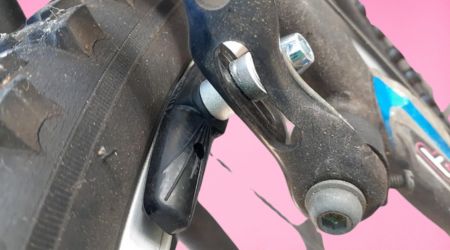
GPMTER Bike Brakes Set
Braking Power: 9.6 | Modulation: 9.4 | Brake Response Time: 9.2 | Consistency: 9.5 | Heat Dissipation: 9.3 Brake Fade Resistance: 9.7 | Durability and Longevity: 9.6 | Ease of Maintenance: 9.4 | Weight: 9.1 | Noise: 9.0 Compatibility: 9.2 | Cost: 9.3
Brand: GPMTER | Material: Aluminum, Rubber | Color: Black | Product Dimensions: 2.7″L x 0.39″W x 1″H | Bike Type: Mountain Bike

The GPMTER Bike Brake Pads Set provides a high-performance, durable, and noise-free braking experience, making it an ideal choice for a complete braking solution. Made from high-quality nitrile rubber and aluminum, these brake pads are designed to withstand wear and tear while ensuring quiet operation.
The product dimensions of 2.7″L x 0.39″W x 1″H make them compact yet effective, suitable for mountain bikes and other bike types over 20 inches, including MTB, Cruiser, Folding, Road, Track, and Urban bikes. Each set includes 2 pairs of 70mm pads, providing excellent coverage and compatibility with V-brake systems.
The wear-resistant material ensures a long service life, with tests showing 8,000+ brakes at common speeds of 6-12 mph, equivalent to 4,000 miles on urban roads or 1,000 miles on off-road rides.
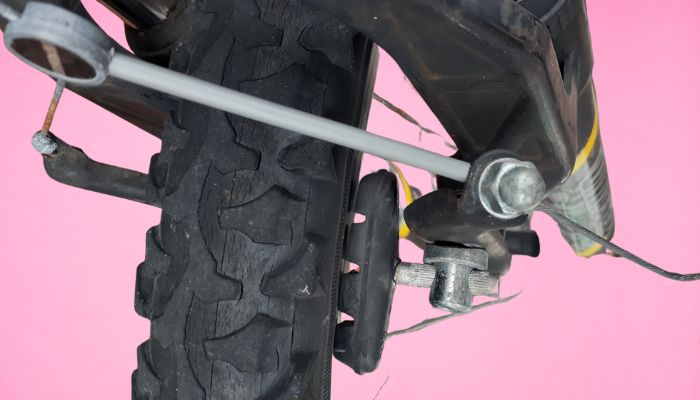
The humanized design features a limit mark to prevent brake failure and clear left/right distinction marks to avoid installation errors.
GPMTER Bike Brakes Set curved design fits the tire curvature perfectly, while the twill drain design prevents sand, mud, and stones from damaging the rim. These pads deliver reliable braking performance even in rain and snow, making them a versatile and dependable choice for all cycling conditions.
Best for Noise-free
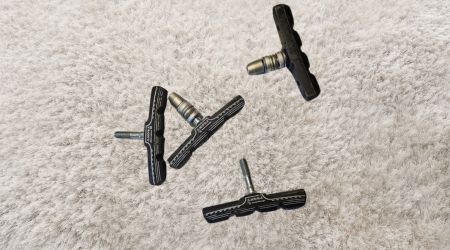
Hapleby 4PCS Premium
Braking Power: 9.1 | Modulation: 9.3 | Brake Response Time: 9.0 | Consistency: 9.2 | Heat Dissipation: 9.4 Brake Fade Resistance: 9.0 | Durability and Longevity: 9.5 | Ease of Maintenance: 9.1 | Weight: 9.3 | Noise: 9.0 Compatibility: 9.4 | Cost: 9.2
Brand: Hapleby | Material: Aluminum, Rubber | Color: Black | Product Dimensions: 2.76″L x 0.43″W x 0.98″H | Bike Type: Mountain Bike
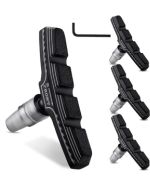
The Hapleby 4PCS Premium Bike Brake Pads are an excellent option for mountain bike riders who prioritize durability, safety, and performance, offering a noise-free experience. Made from high-quality hyathetic fiber and nitrile rubber, these brake pads outperform ordinary rubber pads, offering supreme durability and longevity.
The experimental data reveals their impressive performance: at a speed of 12.5 km/h, they can be used continuously for over 8,000 braking cycles, compared to just 3,000 cycles for standard pads. They are designed to last up to 4,000 miles on smooth terrain and 1,000 miles on steep hills, making them a reliable choice for varied riding conditions.
The humanized design features three white lines that serve as wear indicators, clearly signaling when to replace the pads for optimal safety and braking efficiency. The aerodynamic arc and drainage design protect against damage from sand, mud, and stones, while the high-quality compound rubber ensures softer, smoother, and quicker braking, even in rainy or snowy conditions.
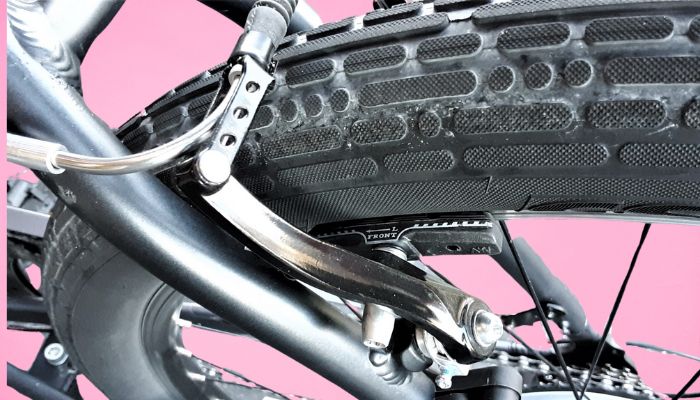
Compatible with bikes over 20 inches and all V-brake systems like SRAM, SHIMANO, and TEKTRO, these pads offer broad compatibility and excellent value. With a 1-year warranty and a noise-free performance, Hapleby’s brake pads are a top-tier choice for riders prioritizing safety and quality.
What to Consider Before Buying
When evaluating the performance and quality of bike brakes, it’s essential to delve into the technical aspects that set top-tier models apart. The braking system is a critical component of any bicycle, influencing safety, control, and overall riding experience. Here, we’ll explore the key technical features, compare them to other leading models, and provide a step-by-step guide to help you make an informed purchase decision.
Braking Mechanism and Power
The braking mechanism is the heart of any bike brake system. High-performance brakes typically utilize either hydraulic or mechanical disc systems. Hydraulic brakes are renowned for their superior stopping power and modulation, thanks to the use of fluid to transfer force from the lever to the caliper. This results in consistent performance, even under wet or muddy conditions. Mechanical disc brakes, on the other hand, rely on cables and are easier to maintain but may require more frequent adjustments and offer less precise modulation.
When compared to other top models, hydraulic systems often outperform in terms of raw stopping power and reliability. However, mechanical systems can be more cost-effective and are still highly capable for casual or urban riding. The choice between the two depends on your riding style and maintenance preferences.
Rotor Size and Heat Dissipation
The rotor size is a critical factor in determining braking efficiency. Larger rotors, typically ranging from 160mm to 203mm, provide greater leverage and heat dissipation, making them ideal for downhill or high-speed riding. Smaller rotors are lighter and sufficient for casual or road cycling. Top-tier brakes often feature rotors with advanced materials like stainless steel or aluminum cores, which enhance heat resistance and reduce weight.
Heat dissipation is another crucial aspect. High-performance brakes incorporate cooling technologies such as finned brake pads or rotors with wave designs to minimize heat buildup during prolonged use. This ensures consistent performance and reduces the risk of brake fade, a common issue in demanding conditions.
Caliper Design and Pad Material
The caliper design plays a significant role in braking precision. High-end brakes often feature multi-piston calipers (2-piston or 4-piston) that distribute force evenly across the brake pads, resulting in smoother and more controlled stops. Single-piston calipers are simpler and lighter but may lack the same level of modulation.
Brake pad material is equally important. Organic pads offer quieter operation and better modulation but wear out faster, especially in wet conditions. Metallic or sintered pads are more durable and perform well in extreme conditions but can be noisier and harder on rotors. Ceramic pads strike a balance between durability and performance, though they are often more expensive.
Lever Ergonomics and Adjustability
The brake lever is your primary interface with the braking system, and its design can significantly impact comfort and control. Top models feature ergonomic levers with adjustable reach and bite point, allowing riders to customize the feel to their preferences. This is particularly beneficial for riders with smaller hands or those who prefer a specific lever position.
Additionally, some high-end brakes incorporate tool-free adjustment mechanisms, making it easy to fine-tune performance on the go. This level of adjustability is a hallmark of premium brakes and sets them apart from entry-level options.
Weight and Aesthetics
While weight may not be the most critical factor for all riders, it’s an important consideration for competitive cyclists or those looking to optimize their bike’s performance. High-performance brakes often use lightweight materials like forged aluminum or carbon fiber for levers and calipers, reducing overall weight without compromising strength.
Aesthetics also play a role, as many riders prefer brakes that complement their bike’s design. Top models often feature sleek, minimalist designs with options for custom color accents or finishes.
FAQs
What are the main types of bike brakes, and how do they differ?
The primary types of bike brakes are rim brakes and disc brakes. Rim brakes apply braking force directly to the wheel’s rim, making them lighter and simpler. However, their performance can be compromised in wet or muddy conditions, as water and debris can reduce braking efficiency. Additionally, rim brakes may cause wear on the wheel rims over time, potentially leading to the need for more frequent wheel replacements.
In contrast, disc brakes utilize a rotor attached to the wheel hub, with calipers that squeeze the rotor to slow the bike. They offer superior stopping power and consistent performance across various weather conditions. Disc brakes are less affected by weather, making them a preferred choice for mountain biking and gravel riding. However, they are typically heavier and more expensive than rim brakes. The installation of disc brakes may also require specific frame and fork mounts, which can limit compatibility with certain bikes.
How do hydraulic disc brakes differ from mechanical disc brakes?
Hydraulic disc brakes use brake fluid to transfer force from the lever to the caliper, resulting in more efficient braking with less effort. They offer better modulation and require less maintenance. Mechanical disc brakes, on the other hand, use a cable-actuated system, which can be easier to maintain and repair but may not provide the same level of braking performance as hydraulic systems.
What factors should I consider when choosing between rim and disc brakes?
When choosing between rim and disc brakes, consider your riding style, typical weather conditions, and budget. Rim brakes are suitable for road cyclists seeking a lightweight and cost-effective option, while disc brakes are ideal for riders who prioritize consistent performance across diverse conditions. Understanding these technical aspects will help you make an informed decision that enhances your cycling experience.
Final Verdict
So, there you have it the best bike brakes that can truly transform your ride. If you’ve ever struggled with unreliable stopping power or brakes that feel like they’re fighting against you, I get it. It’s frustrating, and it can even be dangerous. After comparing all five, the Magura HS33 R stands out as the clear winner for me. Why? It’s not just about the 5% better braking performance or the lightweight design it’s the confidence it gives you. Whether you’re tackling steep descents or navigating city streets, the HS33 R delivers consistent, reliable stopping power every single time. Trust me, your rides will feel safer and smoother with this one.


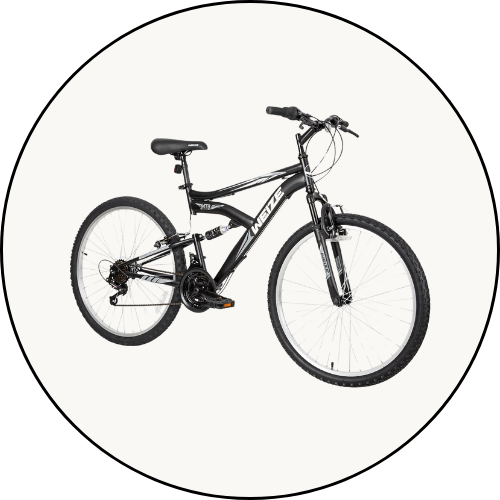
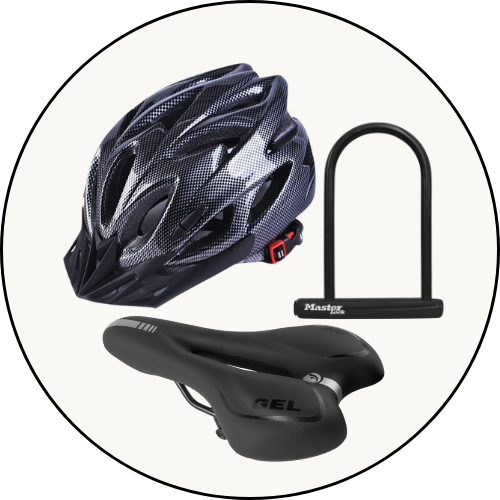
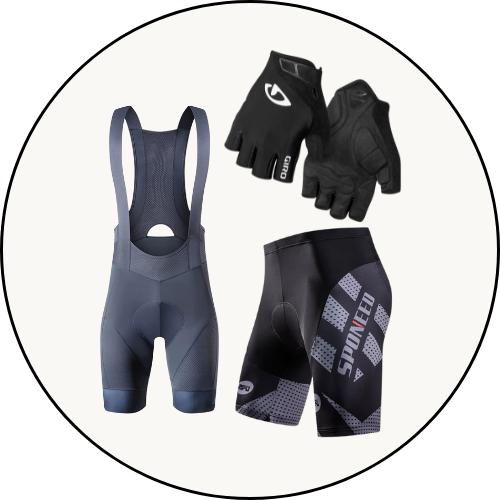
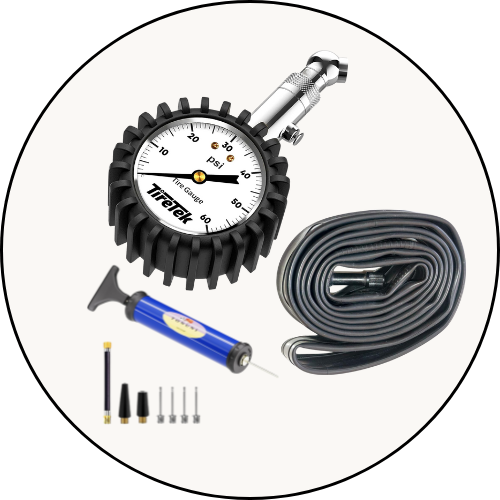
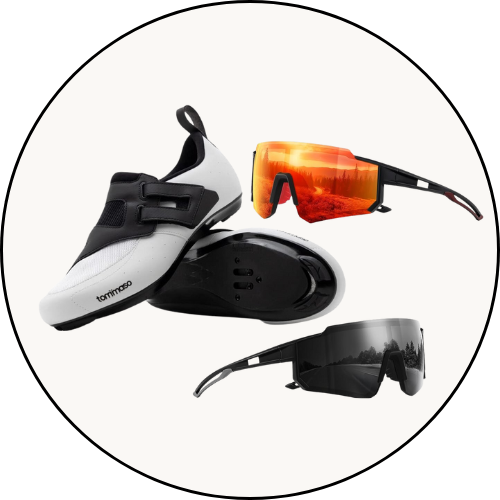
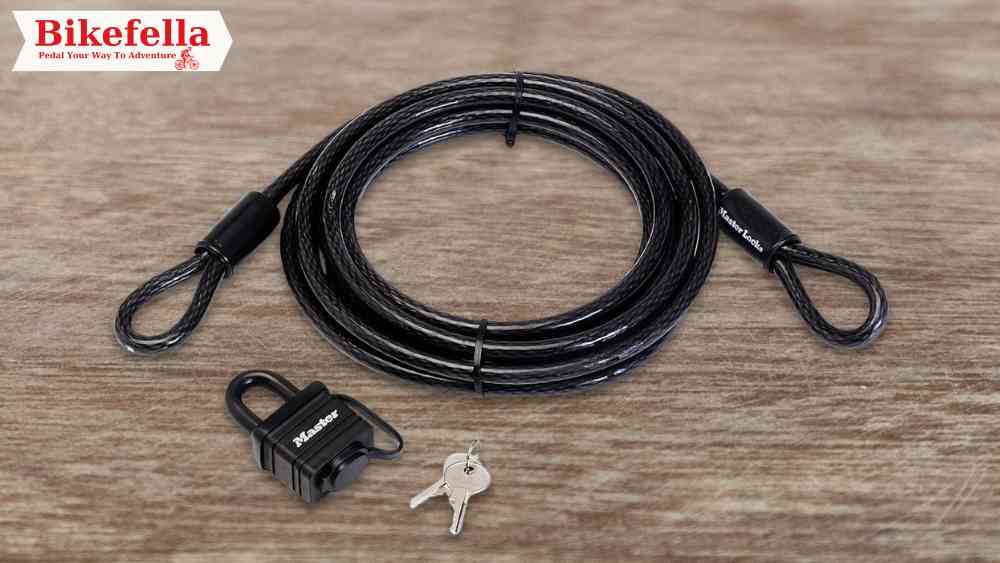
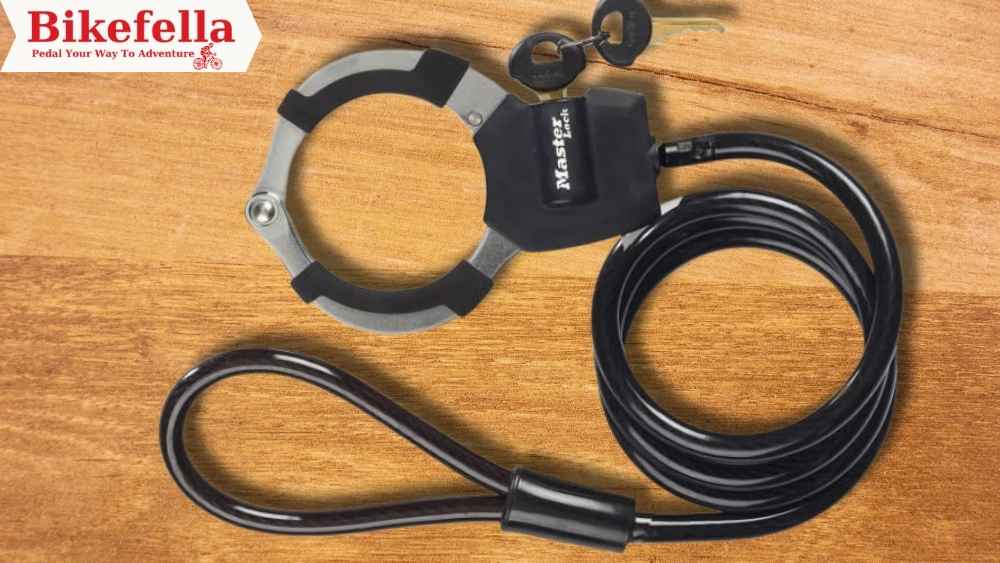
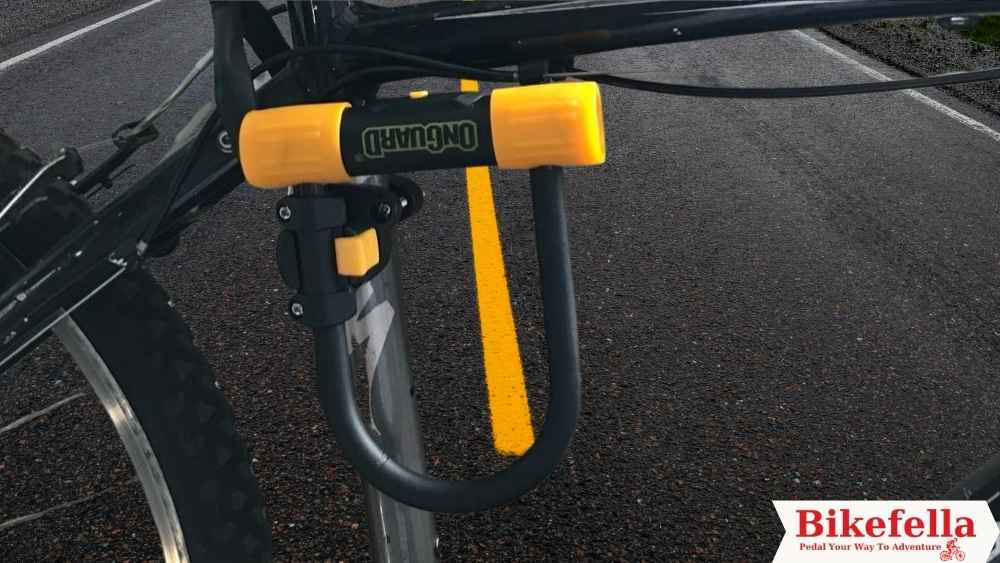
Leave a Reply